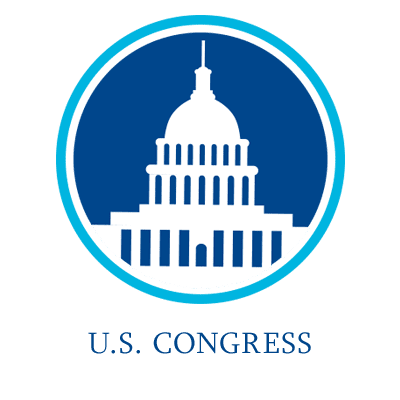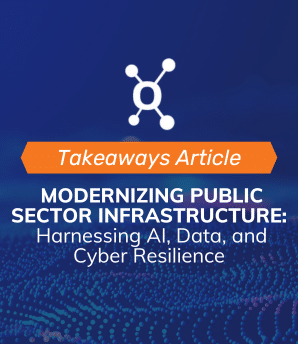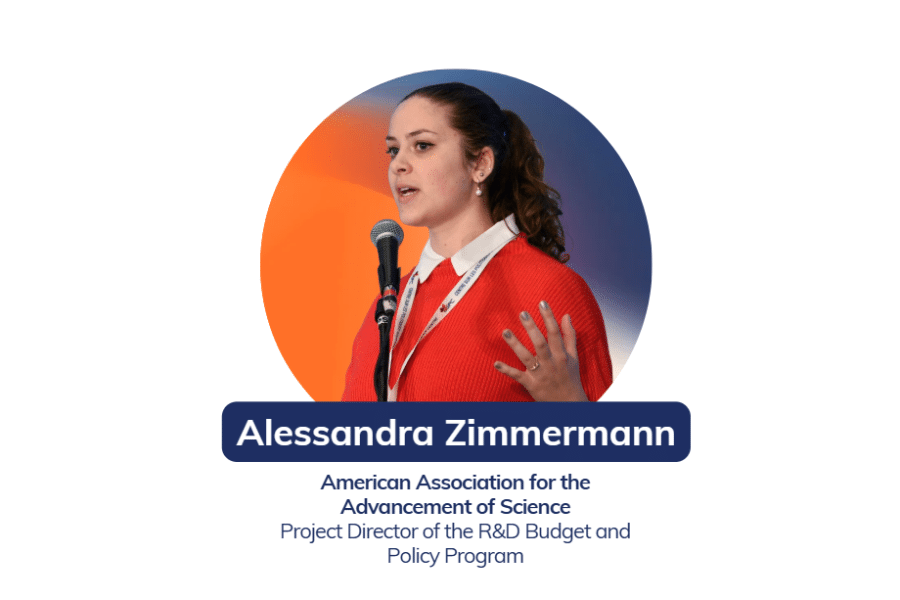The #1 Trusted Source for Finding the Right People in Government
Stop Searching. Start Finding.
- Our proprietary 24-step information collection process employs technology and human validation to continuously identify the key decision makers and influencers you care about most and put them at your fingertips.
- Navigate org charts up to 16 layers deep to eliminate guesswork and get right to work on building relationships with the right people.
- The world’s only service that connects congressional staff to legislation so you know who is doing the leg work, and you can react when they change roles.
- We’ve built a network of thousands of trusted contributors in government who actively provide us with information on key people within their departments, not available anywhere else.
- More government agencies trust and use our data than any other provider.
- Your internal customers will have access to the people they need to know, saving you and them countless hours of fruitless searches.
- Our data integrates seamlessly into your CRM environment.
An Ecosystem of Change-Makers
Our clients are also our community members and contributors
Why Leadership Connect?
We're Leaders in the Relationship Economy
Our proprietary 24-step information collection and validation includes:
- Continuous monitoring of nine distinct sources, 24/7/365
- Human-to-human verification with tens of thousands of offices we cover
- Thousands of trusted contributors in government actively provide us with information on key people within their departments
- Strictest adherence to data privacy guidelines including GDPR and CCPA
- Direct dial, mobile, and office phone numbers
- Emails are verified and up-to-date
- Addresses with maps
- Social media links and Twitter timelines
- Leverage a person’s network to get a warm introduction
The Revolving Door
- Find people who have gone from Congress to lobbying firms, or from the business world to the federal government, and back again.
- Track the positions that matter to you and always be the first to act on changes.
- Uncover valuable connections between sectors with relationship mapping.
- Leadership Connect is easy to use. Be proficient in just minutes.
- Rapid onboarding from our white glove Customer Success team included.
- Phone, email, and live chat support for every client.
- Have a special request for data you don’t see? Let our experts in NYC and DC help you.
Salesforce & Data Integration
Inject Your CRM or Email Service With New Leads
Our team has deep experience getting clients, from small startup to large enterprises, up and running quickly by integrating Leadership Connect data with minimal administrative or technical resources.
Leadership Connect offers a ready-made implementation for Salesforce. We have the expertise to deploy into more sophisticated environments, from greenfield public sector teams needing account hierarchies to mature CRM deployments that are looking to enhance their data quality with better accuracy and completeness.
News & Insights
Connect with and better understand opportunities and people














